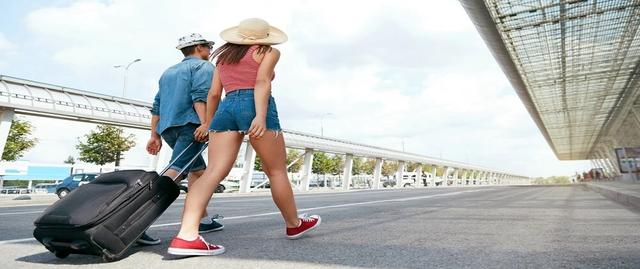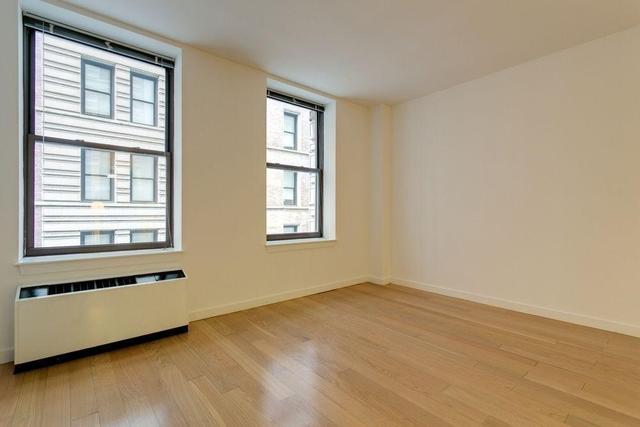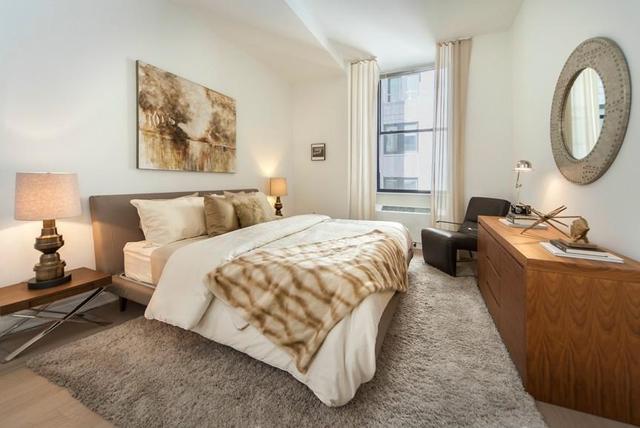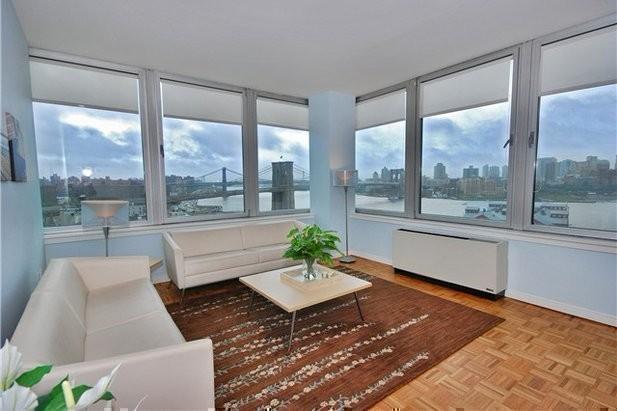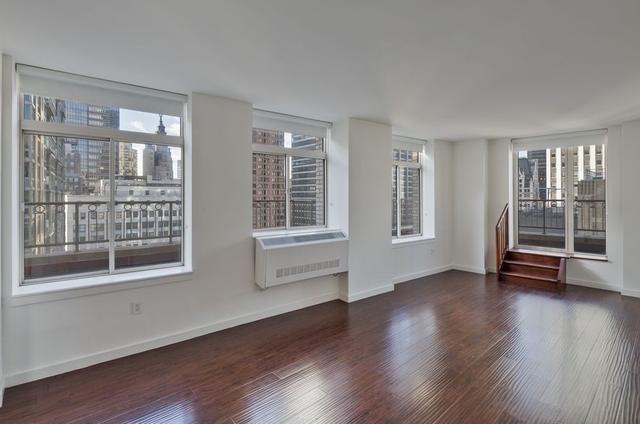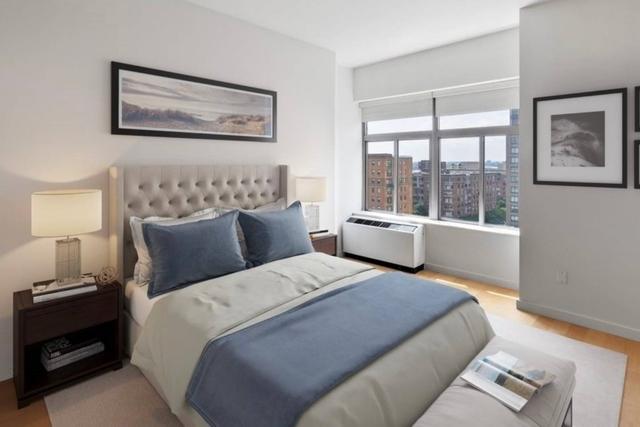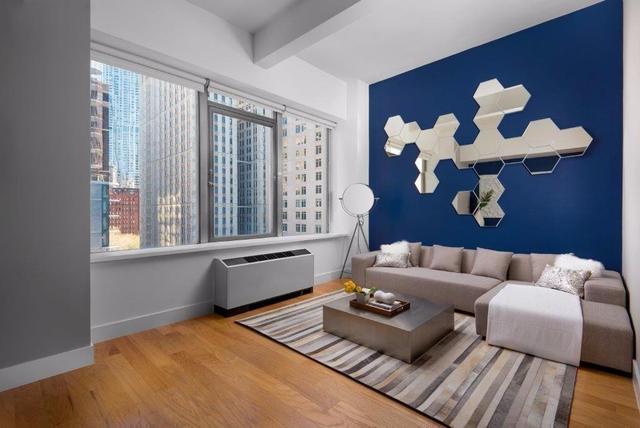
Powering your Apartment with Solar Energy in NYC – Complete Guide
By: ROS Team
Climate change is real. Scientists and engineers have been exhausting themselves to build sustainable alternatives that will help preserve the planet. Utilizing natural resources like the sun for producing energy has been one of the best innovations of the modern era. And, thanks to engineers, solar energy has become increasingly efficient and economical, making it a viable option for powering our homes.
The use of solar energy is becoming increasingly popular as a way to power homes and reduce dependence on fossil fuels. Not only is it an environmentally-friendly option, but it can also save homeowners money on their electricity bills.
However, one of the biggest questions when considering solar power is “How many solar panels do I need to power my home?”
In this blog post, we will discuss the factors that affect solar panel requirements, provide a step-by-step guide on how to calculate the number of panels needed for your home and discuss additional considerations such as battery storage and financial incentives.
By the end of this post, you will have a better understanding of the solar panel needs for your home and be able to make an informed decision on whether solar power is right for you.
1- Why Hasn’t Solar Power Taken Off in NYC
2- How it Works
3- Factors that Affect Solar Panel Requirements
4- Calculate the Number of Panels you Needed
5- Additional Considerations Before Estimating the Solar Panels
6- Considerations Before Going Solar
Why Hasn’t Solar Power Taken Off in NYC?
Solar modules take up quite a bit of space, and space is at a premium in NYC. In addition, space is necessary to maximize solar power efficiency. NYC is packed with buildings, leaving little to no room for the solar modules that would convert solar power to electricity. Solar power is also expensive–it typically takes four to five years for a solar power owner to recoup their investment, especially since traditional power sources are readily available.
Community Solar
Available space is the primary limiting factor in why New Yorkers aren’t more tapped into solar power. However, scientists and state authorities are looking into a possible alternative: community solar. It is already a fairly common concept in other states.
Here’s How it Works:
Apartment residents would have the option to invest in nearby, pre-established community solar power sources. In return, they would get access to solar power and offset the power received from their traditional electricity provider.
In other words, residents could tap into solar power to reduce their monthly electricity bills. This provides a practical and revolutionary power solution for metropolitan cities like NYC and people would never have to worry about finding enough space to install their own solar modules.
Although the project is still some ways off, community solar hubs are already popping up across New York State in areas that would service Cobble Hill, Red Hook, Carroll Gardens, Gowanus, and Park Slope.
Factors that Affect Solar Panel Requirements
There are several factors that affect the number of solar panels needed to power a home. These include:
- The Size of your Home: The larger your home, the more electricity you will need to power it. This means that you will need more solar panels to generate enough energy.
- The Climate You Live In: The amount of sunlight your area receives can impact the number of panels needed. Areas with more sun will require fewer panels than those with less sun.
- The Amount of Electricity You Use: Your daily energy consumption will also affect the number of panels needed. If you have high energy consumption, you will need more panels to generate enough energy.
- The Orientation and Shading of your Roof: The direction and angle of your roof can impact the efficiency of your solar panels. A south-facing roof with minimal shading will be the most efficient, while a north-facing roof with heavy shading will be less efficient.
By understanding these factors, you can get a better idea of how many solar panels you will need to power your home.
However, it is important to consult with a professional solar installer to get a more accurate estimate. They will take into account all these factors and your specific needs and circumstances to provide a tailored estimate.
How to Calculate the Number of Panels Needed for Your Home?
Calculating the number of solar panels needed for your home can be done using a few simple steps:
- Determine your Daily Energy Consumption: You can find this information on your electricity bill or by using a home energy monitor. It is measured in kilowatt-hours (kWh).
- Determine the Average Daily Solar Radiation for your Area: This information can be obtained from your local weather station or by using online resources such as the National Renewable Energy Laboratory’s PVWatts Calculator.
- Determine the Size of the Solar Panels: Standard solar panels are typically around 260 watts.
Use the Following Formula to Calculate the Number of Panels Needed:
(Daily energy consumption (kWh) x 1,000) / (Panel size (watts) x Average daily solar radiation (hours))
For example, if your daily energy consumption is 30 kWh, the average daily solar radiation for your area is 5 hours, and the size of your solar panel is 260 watts:
(30 x 1,000) / (260 x 5) = 11.5 panels
It is important to keep in mind that these calculations are based on assumptions and estimates, and the real number of solar panels needed can vary based on your specific needs and circumstances.
Additionally, it’s also important to consider that the industry standards for solar panel size and output can change over time. It is important to be aware of these changes and use the most recent information when making calculations.
Additional Considerations
There are several additional considerations to keep in mind when determining the number of solar panels needed for your home. These include:
1. Battery Storage
If you want to have the ability to store energy for use during times when the sun is not shining, you will need to invest in battery storage. This will increase the overall cost of your solar energy system but will also increase its overall effectiveness.
2. Net Metering and Financial Incentives
Many states and utility companies offer financial incentives, such as tax credits or rebates, for individuals who install solar panels. Additionally, net metering allows you to sell any excess energy generated by your solar panels back to the grid, which can help offset the costs of installation.
3. Maintenance and Lifespan of Solar Panels
Solar panels require very little maintenance, but it’s important to keep them clean and free of debris to ensure they are operating at maximum efficiency. Solar panels typically have a lifespan of 25-30 years, so it’s important to consider the long-term cost-benefit of the investment.
4. Solar Panel Quality
Not all solar panels are created equal. The efficiency of solar panels varies depending on the manufacturer and the technology used. It’s important to research different options and consult with a professional solar installer to ensure that you are getting the best quality panels for your investment.
By considering these additional factors, you can make an informed decision on the best solar energy solution for your home.
Considerations Before Going Solar
Does your Rooftop get Enough Sunlight?
When engineers make a feasibility report for a solar power project, one of the first things they consider is a rooftop’s access to sunlight since the amount of solar energy generated is directly related to the number of solar rays that hit solar panels.
Anything that obstructs sunshine onto the roof over a significant period of time reduces the amount of solar energy that can be stored in the panels and reduces the overall practicality of solar power. Generally, an area where the sun shines for more than 200 days of the year is feasible for solar production. Areas seeing anything less probably aren’t good candidates for this type of clean energy.
Do you have the Authority to use the Rooftop?
Apartment living has its perks, but it also has its limits. For instance, you as a tenant would not have the authority to use the building’s rooftop for a solar power panel. There’s a little more autonomy in the case of a co-op, but you would still need the rest of the community’s buy-in to even begin the process of going solar.
Can the Roof Sustain Solar Modules?
Having space is one thing making sure the roof can sustain the added weight of solar modules is another. Solar modules are quite heavy and, as they are erected, they are also subject to air pressure. So definitely do your due diligence to make sure it is safe to install solar modules if you have the authority to do so.
Can you Afford It?
If you’ve been able to answer ‘yes’ to the above questions, you are probably in a good position to proceed with installing solar modules on your rooftop. The only remaining question, which is equally important, is can you afford it?
Without a doubt, solar is expensive. On average, it takes anywhere from four to five years to see any substantial financial benefit after transitioning. It may be worth it to finance your purchase if you’d rather stretch payments over time instead of tying up all of your money on the front end.
Conclusion
In summary, the number of solar panels needed to power a house depends on various factors such as energy consumption, climate, roof orientation, and shading. A rough estimate can be obtained by using a simple formula, but it is important to consult with a professional solar installer for an accurate assessment.
Solar power is a great way to go green and help save the planet. Make sure you do your research to ensure you qualify for this innovative form of electricity.
Read Also:


